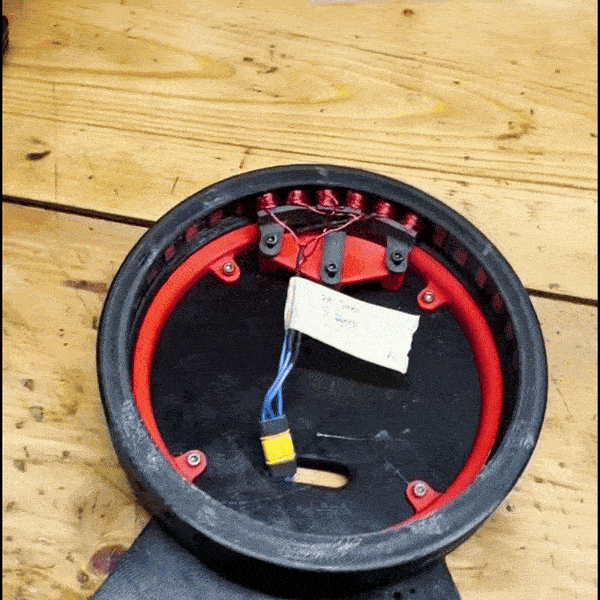Hello Neuralink
I have the perfect skill set to be an amazing Mechanical Engineering Intern before starting my M.S. in Robotics this Fall, and I want to prove it to you on this webpage.
I know you have limited time so I will keep this brief:
I have a year of industry experience and use my design skills to bring my ideas from concept to completion
I’ve completed co-ops at top engineering companies like Amazon Robotics and Desktop Metal, totaling a year of industry experience, where I learned how to operate in fast-paced environments.
When I led Northeastern University’s drone research club (NUAV), I brought my ideas from concept to completion. Peak examples include Tarsier and LIZARD. With Tarsier, I modeled in SolidWorks CAD a complex, 3D-printed bevel gear mechanism with 0.1mm of tolerance to move an Intel RealSense camera in sync with the pitch angle of our research drone. With LIZARD, I independently designed, modeled, prototyped, and tested five drone designs over seven months that resulted in an autonomous quadcopter platform 79% smaller than old club drones with a 4.1 thrust-to-weight ratio.
I can work with conventional machining and rapid prototyping
At Desktop Metal, I’ve applied machined aluminum parts on a conventional 3-axis mill, referencing the geometric dimensioning and tolerancing (GD&T) I specified in my SolidWorks technical drawings. I know how to work with fly cutters, end mills, zeroing probes, etc. to machine parts that meet tight sub-millimeter tolerances.
At the same time, I exercised rapid prototyping manufacturing methods by relentlessly running FDM 3D printers, SLA 3D printers, laser cutters, and water jets while I led Northeastern’s drone research club. With Tarsier and LIZARD, I 3D printed arm-joint assemblies for drone frames, laser cut wooden prototypes with tight, press-fit tolerances, and waterjet carbon fiber plates for lightweight, functional gimbal designs.
I understand engineering first principles
I am working on a personal project where a friend and I are 3D printing a BLDC motor with a partially complete stator to make our motor uniquely lightweight, yet functional.
I have surveyed and uncovered the best materials for the rotor and stator. I understand the governing differential equations of BLDC motors, use them to model torque simulations with pyFEMM, and find optimal stator-rotor combinations. I also intuitively understand and apply the core components of motor design, such as back irons, Halbach arrays, winding factors, slot-pole ratios, and more!
I’ve constructed a prototype and troubleshot its performance deficiencies. I’ve used ESP32 microcontrollers to test the behavior of the motor given different PWM input signals, and collected data through a hall-effect sensor, all to justify a robust motor solution.
In short, I am an up-and-coming M.S. in Robotics student with the perfect skillset for advancing your brain-machine interfaces, surgical robots, and fabrication processes.
I check off all the boxes, and if you accept me as an intern, you will have an engineer with a relentless drive to design and build the devices that will help achieve faster surgery times, more precise surgical end effectors, and ways to safely reach deeper into the human brain.
I look forward to talking to you about my projects.
Kindest Regards,
Daniel T. Simpson
P.S. Feel free to browse my website to see all the projects, volunteerships, and hobbies I’ve done!






